Our whole experience of meetings has had to be transformed rapidly over the past three years. Prior to the Covid-19 pandemic, online meetings were the exception rather than the rule in the majority of organisations. Suddenly, a whole new meeting culture developed to cope with Zoom, Teams, etc – or did it? My posit is that the fundamental basics of chairing an effective meeting are very similar whether you are in a room or online.
Meetings take an inordinate amount of our time. However, time is a defined and limited asset, and we need to make sure we make the best use of it.
To effectively chair a group of people requires a wide range of natural and supernatural skills. It is a role that should only be undertaken after consideration of your own realistic time availability aligned with sufficient brain space and energy.
The problem is that it is PEOPLE that we have to chair, and they come in all different shapes and sizes, each with their own diverse and sometimes skewed version of events, as well as expectations of the agenda.
How, then, do you retain your sanity? I am not suggesting that the following 5-fold route is a guarantee to chairing a successful meeting, but it should certainly help in the taking of a logical and practical approach to the issues involved.
The meeting itself
Start with the end in mind – in other words, unless you know where you are trying to get to, you have no chance of getting there.
Preparation: the cerebral process | Chairing the meeting: the reality |
Purpose Identify the core objective(s) of the meeting. You need to be in control of ensuring the goal is achievable. | Message Start with a simple summary statement of the intent, purpose and proposed flow of the meeting. Use your five core words. |
Route Think your way through the likely obstacles in the path of achieving the objectives (these will be people and/or topics) | Chair Make sure you are ready for the meeting ahead of time, and start on time. Ensure you have eye contact with key participants. |
Agenda Translate your route into an agenda. Plan the optimal order and timings to achieve your objectives. | Agenda Use the structure that you have created, but be responsive and flexible to the flow and creativity of the meeting. |
Chairing Contemplate the style of delivery that you will need to adapt to handle the forthcoming variety of people and issues. | Route Keep your eye on the clock and keep brief notes against your agenda to ensure all points are covered within the timeframe. |
Message Determine the dynamic message of the meeting in your own mind. I recommend five core words, which you then ensure you repeat at the opening, during and in conclusion. | Purpose Ensure the objective is achieved by regular refocusing/refreshing of the conversation/discussion. Make use of your dynamic message and core words. |
Keep your composure throughout your life as Chairman. You are fulfilling the role for a reason; others have faith and confidence in your ability. Consider their expectations. Consider your own expectations. Consider the group/team/organisation expectations. Build your mental model for success and then deliver it!
Meeting dynamics, logistics and documentation
Try to assess meeting documentation paperwork against the following criteria:
Need |
|
Provision of data and other supportive information |
|
Challenge |
|
Presentation |
|
Consideration |
|
Decision |
|
Mark Wearden is one of our lead consultants, an experienced NED, a nationally recognised authority on corporate governance, a prolific author, and an outstanding trainer and mentor.
The Boardroom Effectiveness Company offers a wide range of training, coaching and consultancy services aimed at helping boards be more effective. Take a look at our full range of services or give us a call at 01582 463465 – we’re always happy to help.










